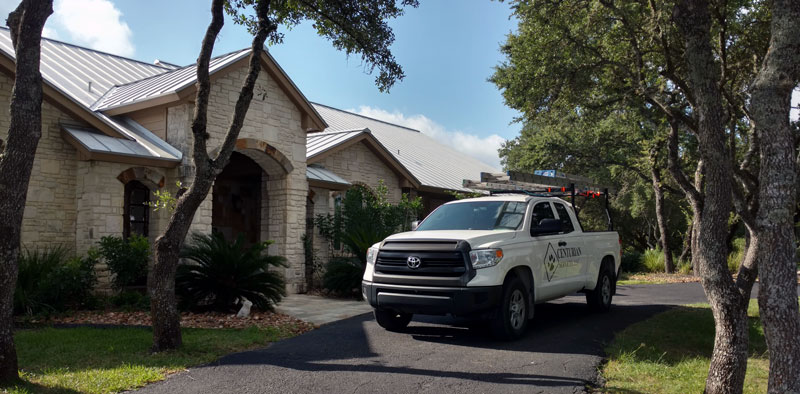
The skunk is also referred to as Polecat. There are 11 known species of skunk and the majority of them reside on the American continent. Skunks have the ability to carry rabies, a deadly brain disease to humans and other mammals, but this isn't too common.
The skunk measures a typical 40 -- 70 cm in height and weighs pretty much the same as a household cat. Skunks are black and white in color but there are a few variants and all of them have stripes. It has a bushy tail that's marked with white and black rings.
Behavior:Skunks generally have poor eyesight and can hardly see objects which are more than 3 feet away. This predisposes them to high mortality on roads since they don't see approaching vehicles until it’s too late. They nevertheless possess excellent senses of hearing and smell.
They are popularly known for their defense response of releasing a filthy, strong smelling secretion from its back end when threatened. The offensive odor of the secretion is successful in discouraging would-be attackers as it persists for days if sprayed on anything within a 10-foot distance. It's biggest predators are coyotes, bobcats, and owls.
Feeding: Common animal foods include worms, rodents, and even little reptiles such as lizards, salamanders, frogs, snakes. They're also known to attack beehives to consume honey bees because their thick fur protects them from stings.
In terms of plants, they frequently feed on garden fruits and vegetables, berries and roots. They frequently dig little holes in the soil searching for insect larvae. In suburban and urban areas, skunks forage and eat from household garbage cans and pet food that is left out. Less commonly, they are scavengers, feeding on the carcass of rodents and birds killed by cats or other animals.
Reproduction: The male skunk is called a buck, female -- doe, and infant -- kit. The birth of two to ten kits usually occurs in May, 7 to 10 weeks after breeding occurs. The kits are born blind and with no teeth, they're also not able to use their defensive spray in the beginning. The mother is protective of her babies and sprays in any perceived indication of danger.
